
Industry slams Luxury Car Tax adjustment that will see more 'green' cars slapped with taxes
As part of the federal government’s Mid Year Economic and Fiscal...
Browse over 9,000 car reviews
.jpg)
BYD has taken Australia by storm. With just one model, it has managed to outperform some of the most storied automakers in Australia, including Renault, Skoda, and Volvo.
The brand is even bearing down on Honda, in what would be a major coup for the Chinese upstart, toppling its first mainstream Japanese automaker in its march up the sales charts.
It's a perfect storm of factors. The BYD Atto 3 is a desirable small- to mid-size electric SUV at a time where few rivals have been able to deliver an EV in a similar form factor, or at a comparable affordable price.
The follow ups look like they're going to have similar impacts on their respective segments. The Dolphin hatchback currently wears the title of Australia's most affordable electric car, while the Seal sedan could be the car to shake the Tesla Model 3's hold on that particular corner of the market.
But this clean, EV-only image, complete with a suspiciously Tesla-like website and sales model, could be headed for a crisis. Not only does BYD's naming convention become an issue (why is the Atto 3 not named after a sea creature? Because it comes from the brand's line of 'Dynasty' vehicles in China, where it is called the Yuan Plus), but also because the local importer's ambition has it reaching deeper into the catalogue to start to bring out plug-in hybrids.
The drivetrain, which BYD dubs 'Dual Motor Intelligence' (DM-i for short), will debut on the brand's first mid-size SUV, which has been spotted testing in Australia. This model is perhaps emblematic of the challenges facing the brand, as it wears the styling of the Ocean Series cars (which BYD calls the 'Ocean Face') but belongs to the Dynasty family in its home market. In China it is called the Song Plus, while in Europe it is called the Seal U. The local importer told CarsGuide it had not yet decided on a name for it yet.

In the case of this car, the DM-i powertrain consists of a 1.5-litre four-cylinder petrol engine combined with an electric motor for a combined 145kW output, and a relatively large lithium-ion battery, granting it an electric-only driving range of up to 100km (according to the lenient Chinese light vehicle testing cycle).
It's intriguing, sure, but given a fully electric version exists, would the brand not be better served by keeping its passenger car range consistent and offering a larger alternative to the Atto 3? And why introduce combustion back into the mix with its complexity both in terms of model range as well as service and parts sourcing, when it seems the world is moving away from this kind of technology?
Perhaps exempted to this concept is BYD's commitment to bring its ute Down Under, along with some big claims that it would pair with ex-Holden and Ford engineers to get the calibration right for our market. As a fully electric ute will be particularly hard to get right with our long travel distances and propensity to go off-road, perhaps a plug-in is a better solution.
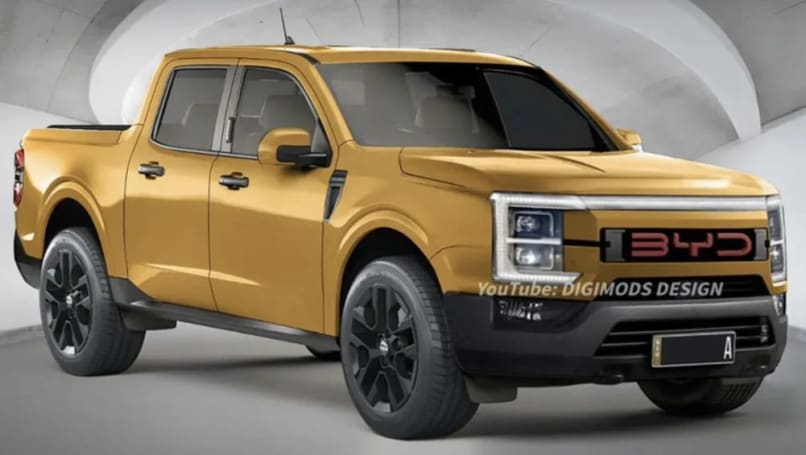
At least this will be the case in the short term thanks to its long-range capabilities, mixed with a touted 100km fully electric range. BYD's importer says an electric version is also in the works, but will arrive later.
Ultimately though, is this BYDs first misstep? Muddling the brand's image with not only the inevitable confusing name convention, but also a seemingly technological backward step of re-introducing combustion engines for its plug-in hybrids? It seems to me at a time when buyers are consciously moving away from combustion cars where they can for environmental reasons or otherwise, BYD should play to its strengths as an EV-only car maker.
Looking at the data, it appears that plug-in hybrids (with the exception of the ute which could find an audience - it's an unproven niche) may not even make any kind of meaningful impact to sales. While the PHEV category has jumped by 68 per cent year-on-year to the end of October this year, EVs have jumped over 200 per cent, now almost equivalent to the popular plugless hybrids. PHEVs have only accounted for 8481 units to the end of October this year, while electrics are now up to 71,800 units, BYD's own Atto 3 alone accounting for 9618 of them. Why add all that complexity to your range for middling sales expectations?

Let's compare to other brands: Tesla wouldn't dare touch combustion with a ten-foot pole. If BYD wants to be seen as the Chinese equivalent to the American juggernaut, a plug-in hybrid is hardly going to help it down that path. Elsewhere, Mercedes-Benz and Volvo are moving away from plug-in hybrids in favour of an electric-only strategy.
It is predominantly more conservative marques like Mitsubishi and Audi that are launching their plug-in hybrid ranges now.
To be fair there is an argument to be made for plug-ins. The long theoretical range being suited for Australia is one, but there's also the view that they are more resource efficient when it comes to reducing carbon emissions. Mitsubishi, for example, has argued that for 80kWh worth of batteries, four plug-in hybrids each with a 20kWh battery do more to reduce emissions over the useful life-cycle of the car (20 - 30yrs) than one long-range electric vehicle, and they are therefore a better use of limited lithium supplies.

Of course, it is questionable whether the actual owner of the car sees this benefit, as they then must continue to pay for fuel along with the up-front cost increase of a PHEV, and they also must consider the inconvenience of both charging and refuelling to extract the benefits, not one or the other. PHEVs will also continue to be dependent on fossil fuels for their entire life cycle, while EVs are future-proofed against the volatility of fuel prices and availability.
At the end of the day, it's my opinion that BYD should stick to its best strengths as a lower-cost automaker and rival to the likes of Tesla than to water down its range with the addition of plug-ins which will add unnecessary complexity to its range and harm its appeal as a zero-emissions automaker, chasing a limited number of sales.
Where are its efforts better spent? Bring us more of the electric catalogue in China. There are plenty of lower cost and more premium EVs on offer in both the Ocean and Dynasty series which could bolster its range and help it fend off GWM, MG, and Tesla into the future.

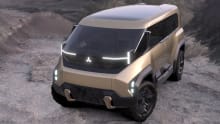


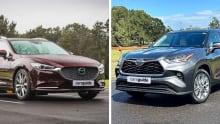
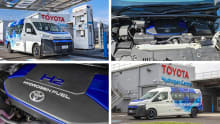


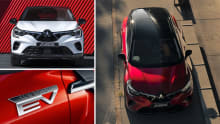
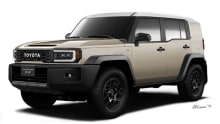
Comments